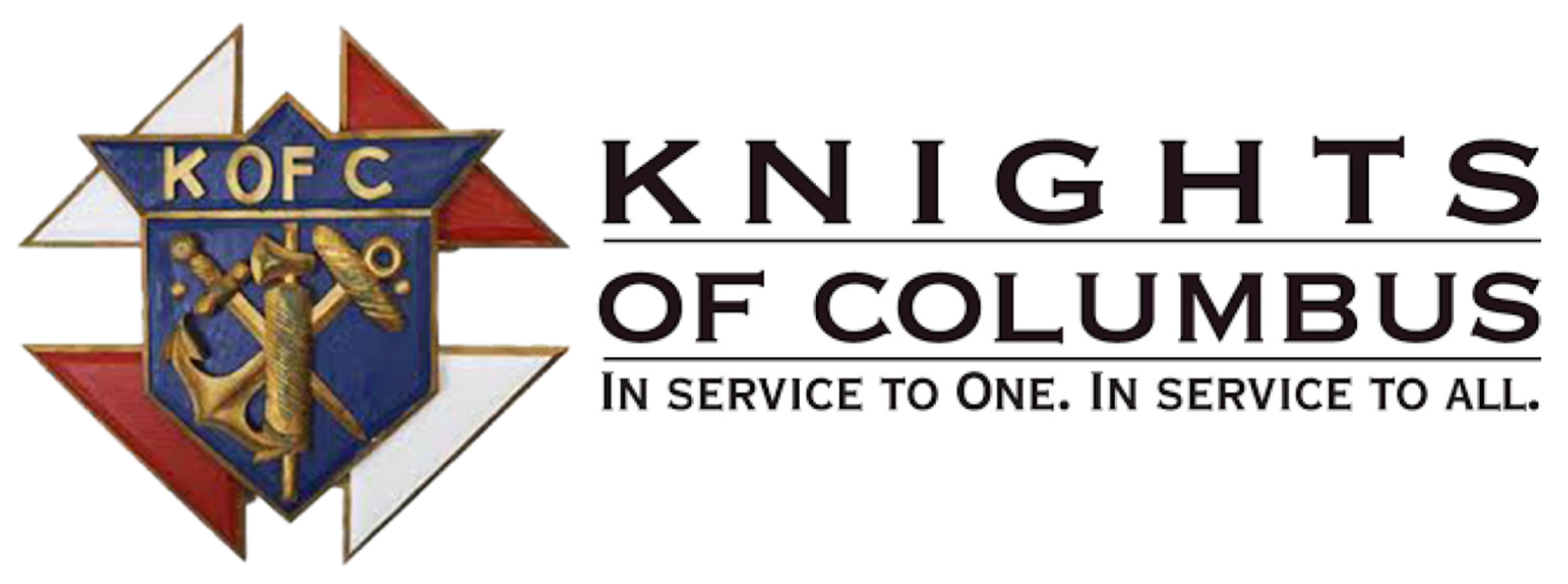The Early Days
The history of the Catholics in the Fairfield-Suisun community is a fascinating part of the history of Solano County, whose rapid growth was a direct result of the discovery of Gold at Sutter’s Mill in January of 1848.
It is a story that takes us back to early statehood days; an important part of the history of the Catholic Church in California.
We live in an area where the first known inhabitants were the Suisun Indians. Their name came from the word for “west wind”. The chief of the Suisun was Sem Yeto, who later changed his name to Francisco Solano when he converted to Catholicism.
In 1837, Chief Solano applied to the Mexican Governor for a grant of land for his people. The approved Grant was called Rancho Suisun. It was one of six Mexican Land Grants located in Solano County when California was acquired by the United States through the Treaty of Guadalupe Hildalgo. The treaty was signed on February 2, 1848.
The treaty was acclaimed throughout the world, but was all but forgotten when some months later the news leaked out the gold had been discovered on the American River.
Irish missionaries migrated to the area, many of whom had come to California at the special request of Archbishop Joseph Sadoc Alemany.
As settlements took form, the pioneer priests established missions which later became parishes. In time, Catholic churches and schools were built.
As the mining towns flourished in the 1850’s, so did the regions to the south, where discouraged miners sought a life away from the pitfalls of the mining towns.
Solano County, with its warm climate, rich soil and fertile valleys of Suisun and Vacaville, attracted the attention of the restless miners who came down from the Sierra Foothills.
Here was land they could farm. Here they could preserve the old way of life that most of them had learned in their youth. They brought with them age-old farming skills and a variety of occupations necessary to the growth of a new frontier.
The exodus from the gold fields to Solano County was a boom to agriculture, creating a market for foodstuffs and labor.
The Mission in Suisun
In the early beginnings of our Catholic history in California, there were vast distances between settlements.
The Church set aside a section of territory which was defined and given limits. This territory was called a parish.
A priest was given spiritual charge to the missions within his parish.
In this context, the priest “mission” in life was to teach their faith and inspire devotion to their religion.
Suisun was established as a mission in 1861. It was included in the large parish that was within the territory of Napa, Lake, Sonoma, and Solano Counties.
The few missionary priests who were within these boundaries traveled the long distances between settlements to perform their duties.
They traveled by horse-pack over lonely trail, which were, for the most part, old Indian paths.
Considering the distances between the townships and remote areas where a Catholic Family might live, and weather that sometimes buffeted the region, the priest was able to visit only three or four times a year.
Worthy Hank Higham, PGK & FFS
Knights of Columbus
Chief Solano Council #3585
